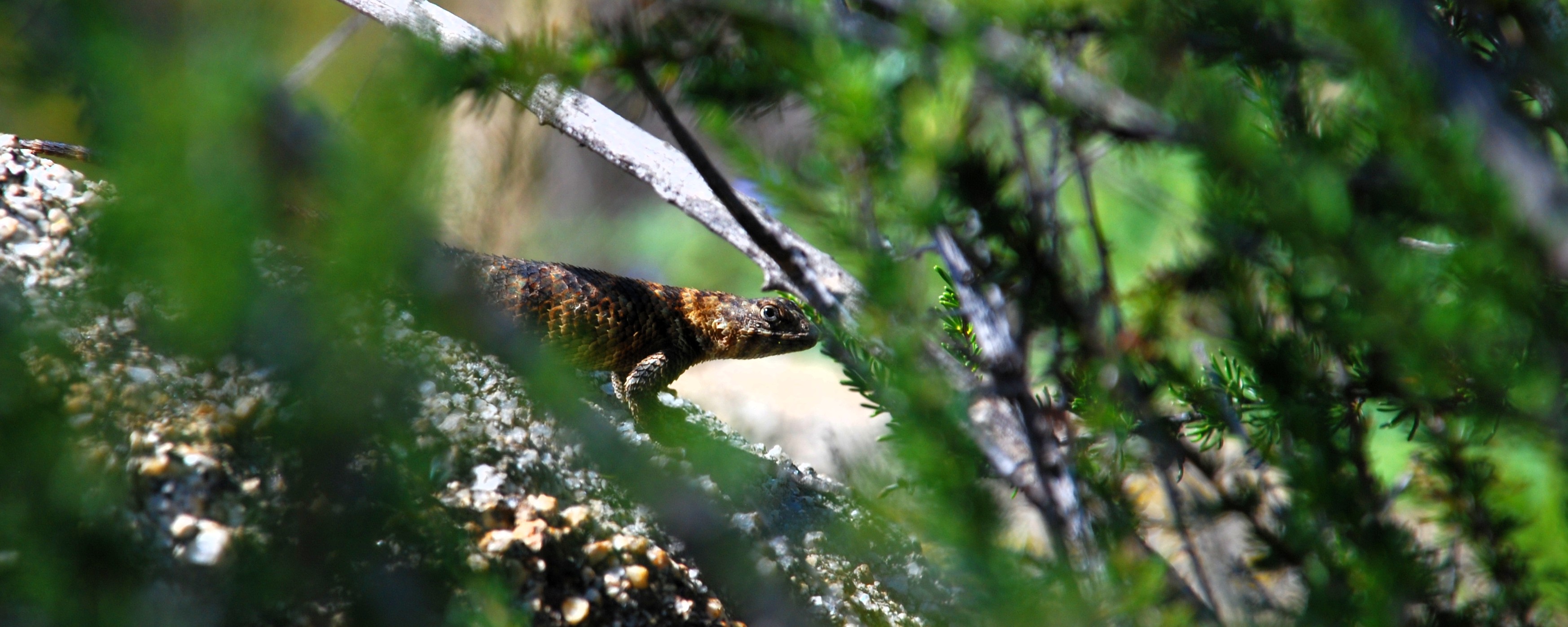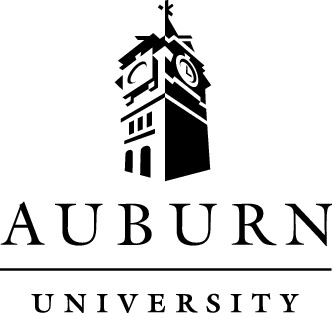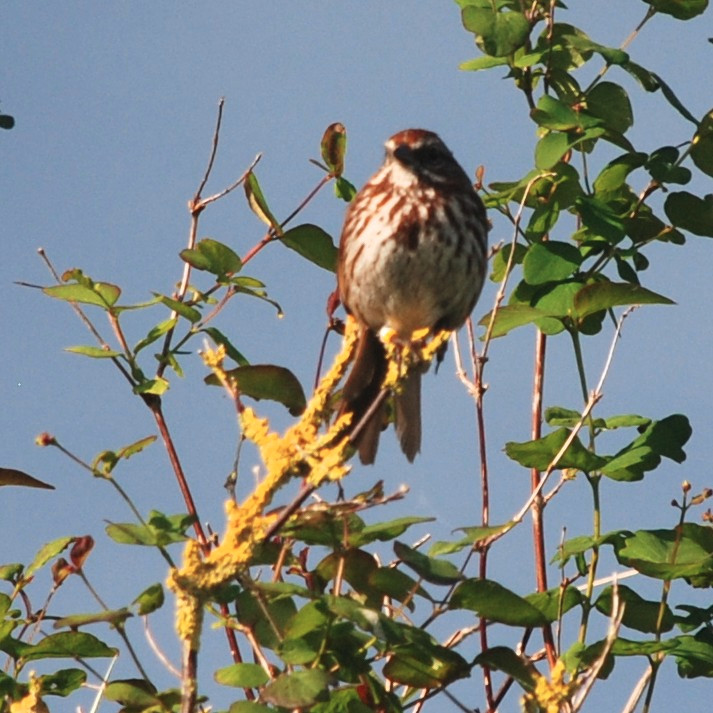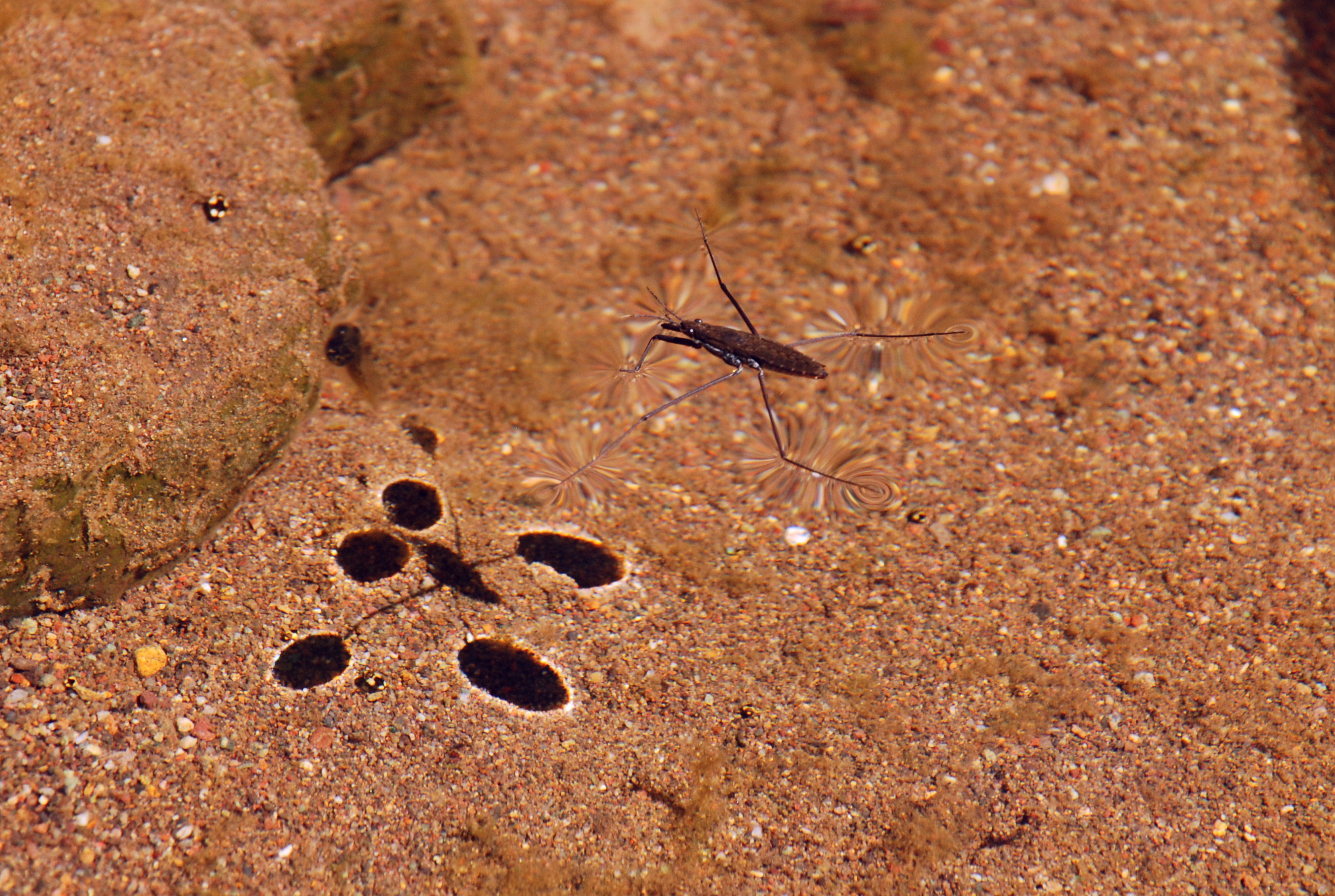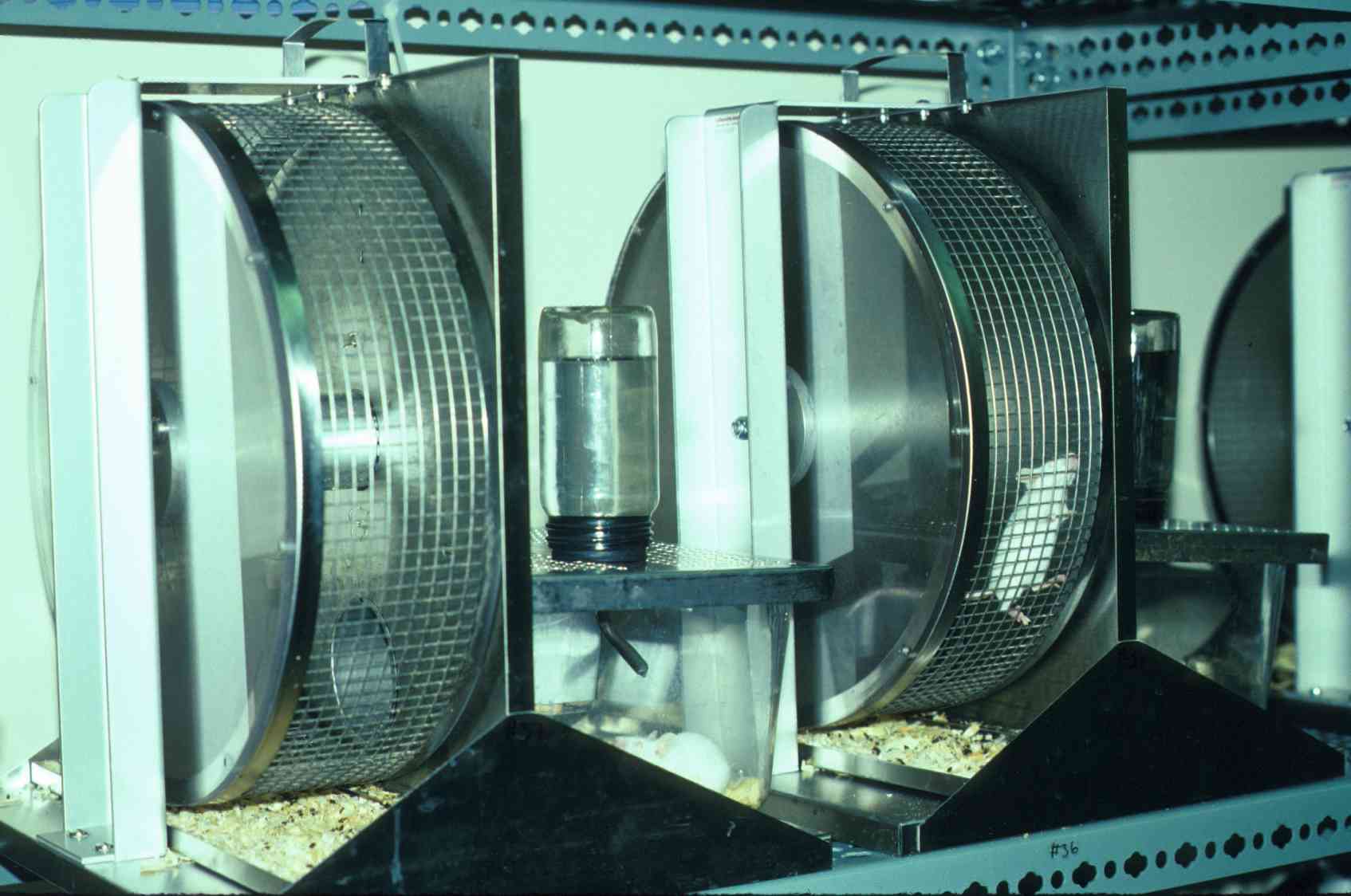I'm a biologist endeavouring to discover and describe differences among individuals in the way that they look, behave, and perform. The goal of my research is to measure genetic and environmental factors that create this among-individual variability within a population. Armed with these measurements, I can then make quantitative predictions of the way these traits will change within a single generation or over multiple generations into the future.
Why it is important
My results contribute to general scientific knowledge regarding the way organisms interact with their environments (where the environment can mean the conditions experienced during a harsh winter, or predators, or even the behavior of a neighbor) and the genetic and non-genetic inheritance of characteristics across time and generations. My research has been applied (both by myself and by others) to the conservation of threatened and endagered species, the improvement of agricultural breeding practices, and the way we practice medicine.
How I do it
I employ several complementary approaches that allow me to integrate techniques and ideas from different fields of research into my own work.
A menagerie of subjects
I study a variety of organisms in several different settings. So far I have only studied animals, but the focal species include turtles, birds, insects, and mice.
The study of natural populations
Animals and plants in nature exhibit a dramatic variety of shapes, colors, behaviors, strategies, etc. that all contribute to our planet's impressive biodiversity (my humble effort to photograph a small part of this biodiversity). Such abundance of variety is not static; populations are constantly changing in response to biological and environmental variability. In one aspect of my research, I study wild populations in order to determine how they respond to- and are shaped by- natural fluctuations in biological and environmental factors.
Approaching it from a different angle
Biology is very complex, and that is one motivation to do laboratory controlled experiments - to try and reduce the number of variables we have to consider. However, we can also create our own virtual organisms and environments on a computer and this allows us to reduce the number of complicating variables for which we have to keep track. Such in silico studies of biological systems help me to create and test theory.
Statistical methods
Computer simulation is also an important means by which I test current statistical methods for their ability to accurately address biological hypotheses. If these methods are found inappropriate or hard to implement, I improve on the methods and/or create better software to be used by other researchers.
On these pages, you can read more about current research projects, the various bundles of software I have created or am currently developing, or my previous experience and accomplishments.
